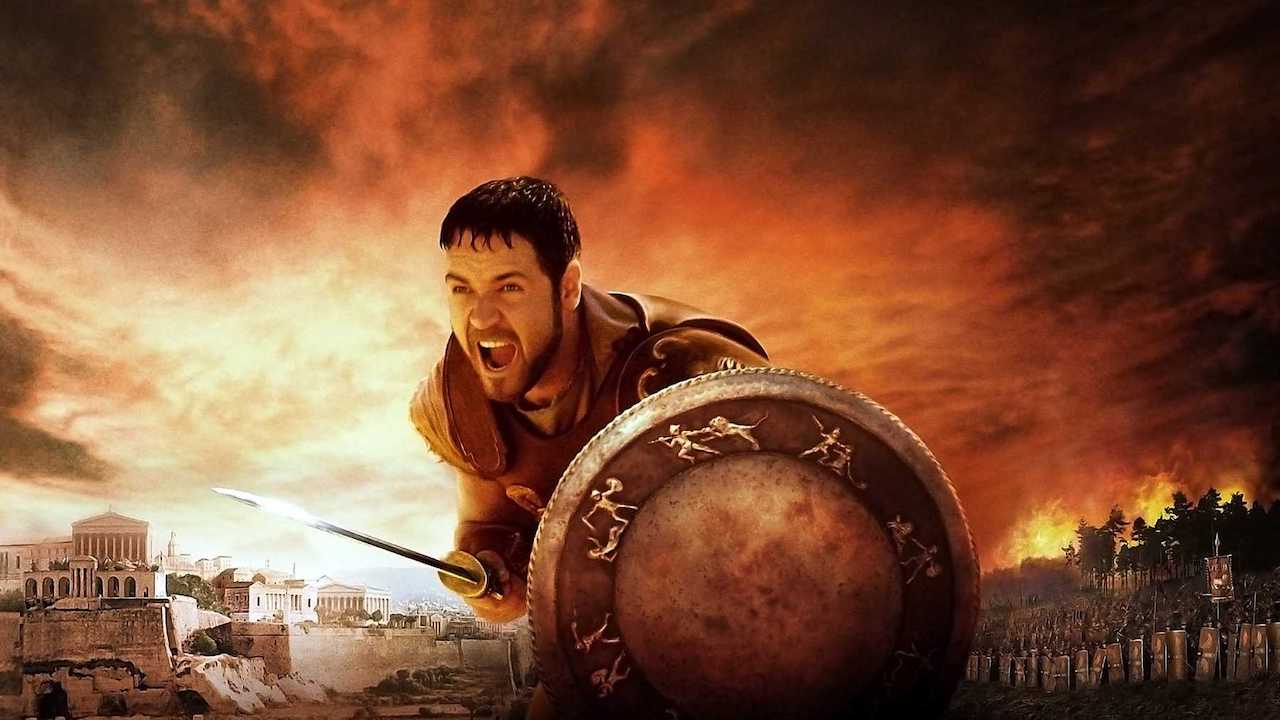If you want to witness a great battle (and I mean better than the finale of Gladiator!) then put yourself between a feuding Chairman and CEO! Of course, these battles are rare but they do make for good (or bad) viewing when they do happen. But who has more power, the CEO or the Chair? A common question perhaps and although their roles differ, both have the same defined goal: ensuring the business is profitable and importantly, sustainable.
A high profile example, often cited, is Bill Gates of Microsoft. In 1981 when the company was incorporated, Gates was appointed both chairman and CEO. This is a common theme amongst fast growing businesses; the CEO has a “dual role”. Some 20 years later, Gates relinquished his CEO duties to Steve Ballmer but remained as chairman. So as far back as 2000, people were asking “which one is more powerful?”In short, the CEO is the company’s head and is put in this leading position to ultimately make decisions that guide the daily (and longer term) course for the business. So what is the job of the chairman?
THE CEO
Most companies will have several executive directors responsible for the day to day running of the business and these director report directly to the CEO. Above all others, the CEO is the top decision maker in the business who will delegate responsibilities to their executive management team. This delegating of responsibilities happens so that the CEO can form the strategic plan, deciding on which markets to enter, forming strategies on how to challenge the competition and in many cases choosing the right partners to execute the strategic plan.In most cases, especially in smaller or mid market businesses, the CEO will more often than not be the founder. This is not to say that large companies do not retain their founder as CEO – obvious high profile examples include Facebook (Mark Zuckerberg co-founded the largest social networking site with college friends and serves as both chairman and CEO of Facebook) and Amazon (where Jeff Bezos still rules as CEO and Chairman – and some would say “King of Retail”).
While CEOs do run the company, they are (at least theoretically) responsible and accountable to the board of directors and its chairman. The board is there to provide an evaluation of the performance of their CEOs, which will ultimately boil down to whether or not the company is profitable and/or succeeding. Remember that not all companies need to be “profitable” to be considered “successful” – see a recent list of so-called Unicorns where losses often run to the tens of millions and even billions of dollars! But that’s another story for another day!While the CEO makes key decisions, there are occasions like critical situations where they have to consult with the board for approval (more so in Public Companies with multiple shareholders). This means that a decision by a CEO can be overturned by the board. How often this is the case is another matter.
THE CHAIRMAN
With the discussion above, one may feel the Chairman holds the balance of power and whilst on a technical level that is correct (especially in the USA where every company has a statutory requirement to shove a Chairman) this is not, perhaps reflected in many cases. In basic terms, the Chairman is the head of a board of directors and is in this position because they are elected by the shareholders. The over-arching responsibility of the Chairman is to protect shareholders’ interests and ensure the company is run profitably and in a stable fashion.
As well as stability and profitability the Chairman reviews the financial results and provides an assessment of the performance of high-level managers – including the CEO. Given this responsibility, the Chairman has the right to fire senior managers like the CEO should their performance be inadequate. Like a board’s non-executive directors, the Chairman does not get involved in the day to day running of the business but does hold the power to set the agenda of the board and influence the outcome of votes.
WHERE THE POWER LIES
On paper, the chairman is superior. In reality, this power is often somewhat dormant, especially in private companies where the CEO holds a majority, if not all the shares.
DUAL ROLE
While many companies do have a dual role of CEO/Chairman, major issues can flow from this decision – for instance, it is the board that decides how to increase executive pay, and a conflict of interest arises when the chairman of the board also happens to be the CEO. Ultimately, they are voting on their own compensation.Another topic on the agenda in most board rooms post Enron et al is “Corporate Governance”. With the Chairman being the arbiter of governance matters, a dual appointment holder can easily abuse that power by not really having “an open eye”. Having a separate chair allows for a better observation of what’s going on and many would argue this leads to better corporate governance.
SUMMARY
While the Chairman technically has higher level powers, the CEO is indeed “the boss” of a company. And yes, the CEO does (by the letter of the law) answer to their board of directors, which is ultimately headed by the chairman. A CEO is concerned with executing strategies that have been approved by the board so the ultimate fate of a CEO rests on how satisfied the board is with what they have done with the company. Then again, there are cases when both the chairman and CEO positions are held by the same person, as is the case with a lot of companies who retain their founders in powerful positions.
NOTES
Ian Wright is the Founder and CEO of VirtualNonExecs.com and has worked with 100s of companies to appoint non-executive directors and chairs.

VirtualNonExecs is a global membership network operating in the UK, USA and UAE.
He sits on the boards of three privately held companies as non-executive director and has built multiple businesses that have gone on to sell to private equity and trade buyers.
If you need help with such an appointment, Ian is contactable on [email protected]

